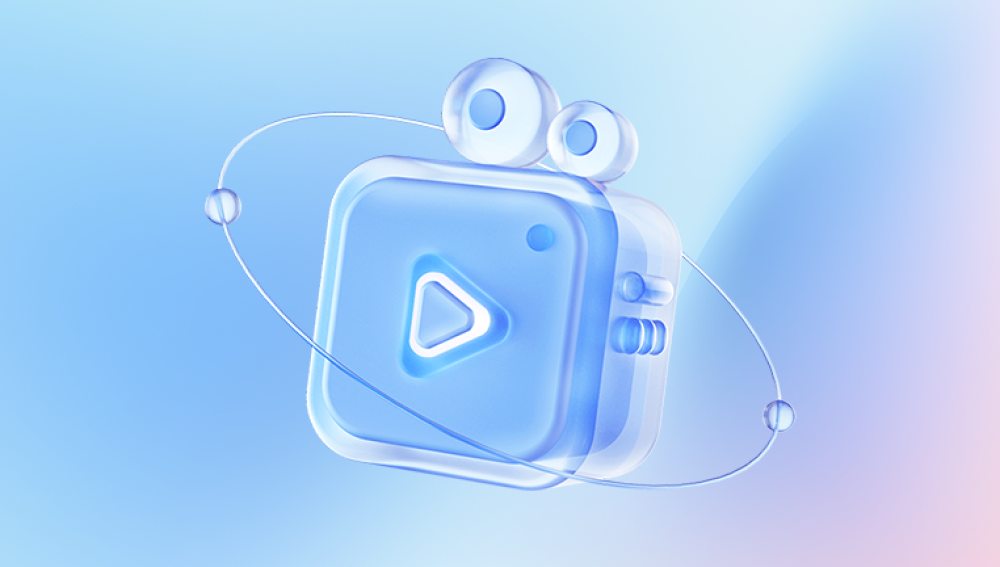Pictures are more than just digital files or printed images — they are memories, personal history, and often irreplaceable moments in time. That’s why losing them can be stressful and emotional. Whether your photos were deleted from a computer, lost from a memory card, trapped in an old phone, or physically damaged as prints, you have options to get them back.
Part One: Restoring Digital Pictures
Digital pictures can be lost in several ways accidental deletion, formatting, corruption, device failure, or syncing errors. The good news is that in many cases, deleted or missing pictures can be restored with the right steps.
1. Check Your Device’s Trash or Recycle Bin
When you delete a file on a PC or Mac, it usually isn’t erased right away — it goes to a temporary holding area.

Windows PC:
Double-click the Recycle Bin icon on your desktop.
Look for your pictures by scrolling or using the search box.
Select the photos you want to restore.
Right-click and choose Restore — they’ll go back to their original folder.
Mac:
Click the Trash icon in the Dock.
Browse for your deleted pictures.
Drag them out of the Trash or right-click and choose Put Back.
Tip: If you used Shift + Delete on Windows or Option + Command + Delete on Mac, the file may bypass the bin — skip ahead to deeper recovery methods.
2. Check Cloud Storage Accounts
If you use services like Google Photos, iCloud, OneDrive, or Dropbox, your pictures may be backed up automatically.
Google Photos:
Log in to photos.google.com.
Open the Trash (bin) section.
Select pictures and click Restore.
(Google Photos keeps deleted items for 30 days.)
iCloud Photos:
Sign in at icloud.com.
Go to Photos → Recently Deleted.
Select and restore within 30 days.
OneDrive / Dropbox:
Both have Recycle Bin or Deleted Files sections.
Retention periods vary — usually 30–60 days.
3. Recover from Local Backups
If you’ve been using backup software or an external drive, you can restore your photos directly.
Windows File History:
Open the folder where the photos were stored.
Click the History button in the toolbar or go to Control Panel → File History.
Browse previous versions and restore.
macOS Time Machine:
Open the folder where your pictures were.
Click the Time Machine icon in the menu bar.
Scroll back in time, select the images, and click Restore.
4. Use Built-In Mobile Phone Recovery
iPhone:
Photos app → Albums → Recently Deleted (keeps for 30 days).
Android:
Google Photos app → Library → Trash.
Some gallery apps also have a “Recently Deleted” folder.
5. Try Dedicated Photo Recovery Software
If your pictures are not in any recycle bin or backup, recovery software is often your best bet. Deleted files remain on storage until overwritten, so a quick scan can bring them back.
Popular options include:
Drecov Data Recovery
Recuva
EaseUS Data Recovery Wizard
Stellar Photo Recovery
Disk Drill
General recovery steps:
Install the software on a different drive than where the photos were lost.
Open the program and select the drive or device.
Run a Deep Scan.
Preview and select the pictures you want to recover.
Save them to a separate location.
Tip: Stop using the affected storage device immediately to avoid overwriting recoverable files.
6. Recover from Camera Memory Cards
If you deleted pictures from your DSLR, action cam, or compact camera:
Remove the card and use a card reader with your PC.
Scan it with recovery software (same process as above).
Save recovered images elsewhere.
7. Restore from Messaging Apps and Email
Sometimes, copies of lost photos exist in chat histories or emails.
Search your email inbox and sent folder for attachments.
Check WhatsApp, Messenger, or Telegram — many have Media sections and even backup restores.
8. Access Archived Drives and Devices
If you have older computers, external drives, or USB sticks, they may contain copies of your lost pictures. Check them before starting advanced recovery.
9. Advanced Digital Recovery Options
Partition Recovery:
If an entire folder or drive is missing due to partition deletion or formatting, tools like TestDisk or MiniTool Partition Wizard can restore the partition.
RAW Drive Recovery:
If your drive shows as RAW (unformatted), avoid formatting — use recovery tools to extract photos first.
Professional Data Recovery Services:
If the drive is physically damaged (clicking, not detected), a professional lab may be your only option. They can recover data even from damaged platters or memory chips.
Part Two: Restoring Physical (Printed) Pictures
Restoring printed photographs is a different process — instead of retrieving data, you repair the image itself, often digitally after scanning.
1. Digitize the Print
Use a flatbed scanner:
Scan at 600 dpi or higher for best quality.
Save in TIFF format (lossless) for editing.
Clean scanner glass before scanning to avoid dust spots.
If you don’t own a scanner, use a local print shop or photo lab. As a last resort, photograph the print with a high-resolution camera in good lighting.
2. Open in Editing Software
Adobe Photoshop is the most powerful option, but free tools like GIMP can also work.
3. Repair Common Damage
Dust and Scratches:
Use the Spot Healing Brush Tool in Photoshop.
Work on a duplicate layer to keep the original intact.
Tears and Missing Pieces:
Use the Clone Stamp Tool or Content-Aware Fill to rebuild missing areas.
Fading and Discoloration:
Adjust Levels or Curves to restore contrast.
Use Color Balance to correct color casts.
4. Colorize Black-and-White Photos (Optional)
Create new layers set to “Color” blend mode.
Paint over areas with low-opacity brushes.
5. Sharpen and Save
Apply Unsharp Mask to bring back detail.
Save in PSD format for future editing, and export JPEG/TIFF for printing.
Part Three: Best Practices for Preventing Future Loss
Restoring pictures is possible — but preventing loss is far easier.
1. Use the 3-2-1 Backup Rule
3 copies of each photo
2 types of media (e.g., external drive + cloud)
1 copy offsite
2. Enable Cloud Sync
Services like Google Photos, iCloud, or OneDrive automatically back up your new pictures.
3. Organize Your Photo Library
Use folders by year/event.
Name files clearly.
Regularly remove duplicates.
4. Maintain Storage Devices
Replace aging hard drives.
Use surge protection.
Keep devices in cool, dry conditions.
5. Scan Old Prints Now
Don’t wait for damage to worsen digitize all important prints as soon as possible.
Restoring pictures whether digital files or physical prints is a process that blends patience, technology, and sometimes creativity. If your photos were deleted recently, check recycle bins and cloud backups first. If they’re not there, use dedicated recovery tools or professional services. For printed photos, high-quality scanning followed by digital retouching can breathe new life into faded or damaged images.
The key is to act quickly for digital recovery, work carefully for print restoration, and adopt strong backup habits so your most precious memories are safe for years to come. With the right approach, your pictures don’t have to be gone forever they can be found, repaired, and cherished all over again.




